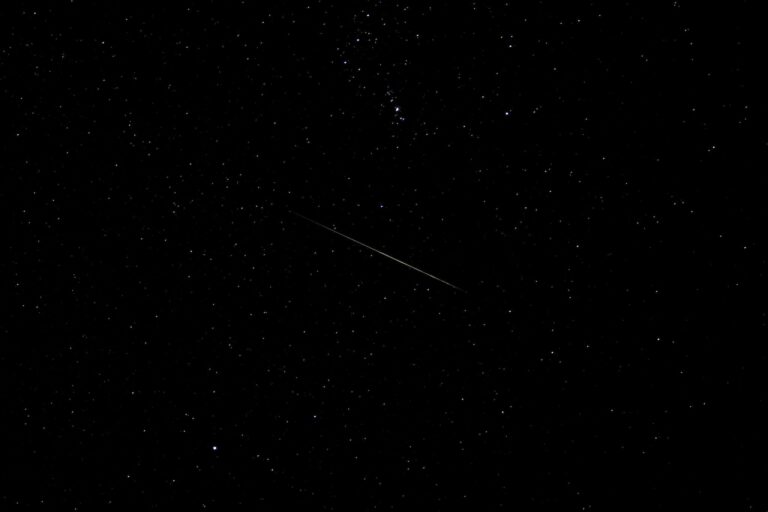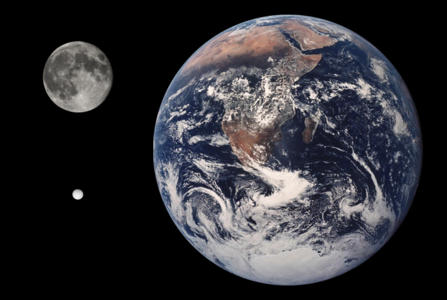Research Shows TRAPPIST-1 To Be Far Older Than The Sun; What Does That Mean For Chances Of Life?

In the search for extrasolar life, scientists and researchers have to take into account a huge number of factors. The most important factor is usually the exoplanets distance from its star and whether this distance allows for the correct temperature range for liquid water to form. Another important factor to take into account is the age of the star, as stars go through lifecycles and release different amounts of radiation and heat throughout their existence. Younger stars, for example, will often release flares of high energy radiation that can ravage the surface of any orbiting planets. That doesn’t necessarily mean that older stars are our best bet for finding life as they’ve been ravaging their planets for long periods of time with stellar radiation.
TRAPPIST-1 is an ultra-cool dwarf star about 40 light-years away with a family of 7 Earth-sized planets orbiting it. Some of these planets, and some think all, are believed to be in the region known as the Goldilocks Zone where the surface temperature would allow liquid water to form. Whilst this might sound extremely promising in the search for extrasolar life, some factors are against the Trappist planets, including the age of its star. Researchers now think that TRAPPIST-1 is between 5.4 and 9.8 billion years old, which could be twice as old as our own system which formed 4.5 billion years ago. We also believe that the planets are tidally locked as they are closer to their cooler star than we are to ours, meaning the planets have one side continuously facing the star and one side facing away.
“Our results really help constrain the evolution of the TRAPPIST-1 system, because the system has to have persisted for billions of years. This means the planets had to evolve together, otherwise the system would have fallen apart long ago,” said Adam Burgasser, an astronomer at the University of California, San Diego, and the paper’s first author. Burgasser teamed up with Eric Mamajek, deputy program scientist for NASA’s Exoplanet Exploration Program based at NASA’s Jet Propulsion Laboratory, Pasadena, California, to calculate TRAPPIST-1’s age. Their results will be published in The Astrophysical Journal.
We can only make educated guesses as to what this new study means for the possibility of life being, or having ever been on any of the Trappist planets. Compared to other dwarf stars, TRAPPIST-1 is considered fairly calm and if the planets have atmospheres then there is a decent chance that life could have evolved. But, the planets are very close to the star meaning they will be subject to unhealthy doses of radiation; unsuitable for life as we know it. It is of course feasible that life as we don’t know it developed here, able to tolerate the high levels of radiation. More studies are needed on whether any of the Trappist planets could have an atmosphere and whether an atmosphere could possibly survive being so close to its star. Mars, for example, once had an atmosphere and liquid water on the surface but the atmosphere was depleted by the radiation of the sun.
One saving grace for the Trappist planets might be their lower densities than Earth and Mars, as large supplies of volatile molecules could keep a thick atmosphere in a healthy state and shield the surface from the radiation. A super thick atmosphere could also help to give heat and warmth to the side of the planet that is facing away from the star, increasing the potentially habitable area, although a super thick atmosphere could also mirror what happened on Venus.
“If there is life on these planets, I would speculate that it has to be hardy life, because it has to be able to survive some potentially dire scenarios for billions of years. Stars much more massive than the Sun consume their fuel quickly, brightening over millions of years and exploding as supernovae, but TRAPPIST-1 is like a slow-burning candle that will shine for about 900 times longer than the current age of the universe.” Burgasser said.
More studies are planned using the James Webb Space Telescope when it becomes operational.
“These new results provide useful context for future observations of the TRAPPIST-1 planets, which could give us great insight into how planetary atmospheres form and evolve, and persist or not,” said Tiffany Kataria, exoplanet scientist at JPL, who was not involved in the study.
Check our Facebook page for more astronomy, science fiction and technology news.




